By Wayne Henderson -
Good shape for a goalkeeper is a “so called” lesser attribute that can make big differences to your Goalkeepers game. As shown in Diagram 1 there are 3 Diving techniques that show varying degrees of Diving shape, from Number 1 being the poorest (diving in a slightly backwards shape, to number 3 being the best (a more forward diving shape)
Standing on the Line shows exactly the differences good shape can make to where the goalkeeper saves the ball.
Diagrams 1
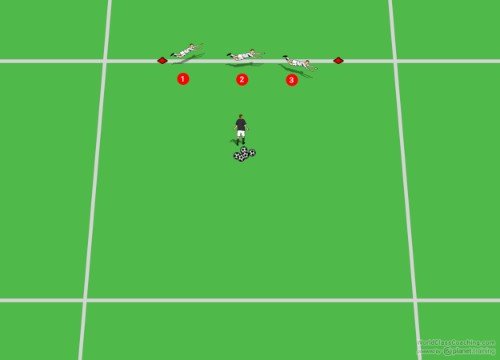
In the above Diagram Goalkeeper number 3 has the best diving shape; the reason for this is Number 3 shows a stronger more aggressive position to save the ball. The hands continue the attacking shape, catching the ball out in front of the body meaning that the hands are not pushed back by the power of the shot. Because the goalkeeper is diving forward he/she is also covering more of the goal as shown in Diagram 5.
The coaching points we are looking for are –
A good ready position, (feet shoulder width apart, knees slightly bent and shoulders slightly forward over the toes)
Diving towards the ball
Shoulders and hands continuing the positive shape by contacting the ball in front out in front of the body
Diagram 2
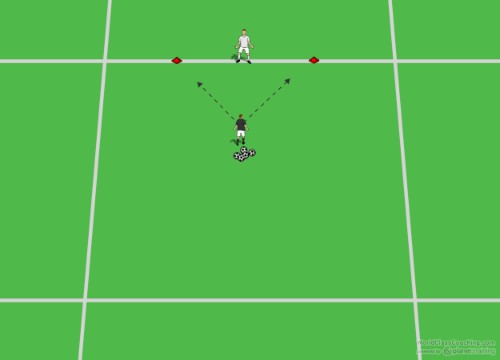
This drill is ideal for younger ‘keepers. Goalkeeper stands in the ready position in the middle of a 6 yard goal. Coach is standing 5-8 yards away – depending on standard and age of goalkeeper.
Diagram 3
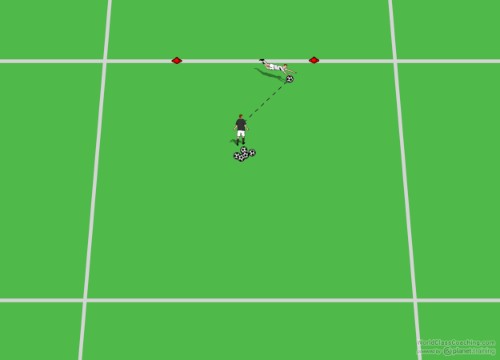
With younger goalkeepers I would always tell them which side the ball is being delivered to, so they are only concentrating on getting the shape aspect of the save correct.
Variations and Progressions
The types of deliveries can be varied, i.e. from hand or foot, low, medium or high diving saves can be made. The quality of the delivery is vitally important to the quality of the session you will deliver, It is very important that the ball is being put into the correct areas in order for your goalkeepers to perfect the correct techniques.
Movement can also be added to the drill, for example ask the ‘keeper to touch, or go around (as shown in Diagram 4) one of the cones before making a diving save.
Diagram 4
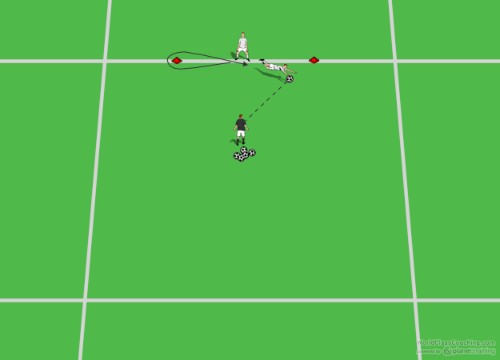
As a result of having a better diving shape your goalkeeper will cover more of the goal with the same dive as shown in Diagram 5.
Diagram 5
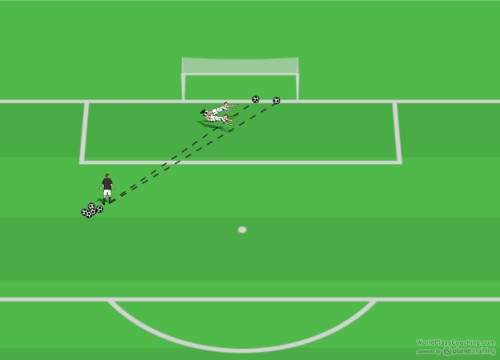
By Wayne Henderson


